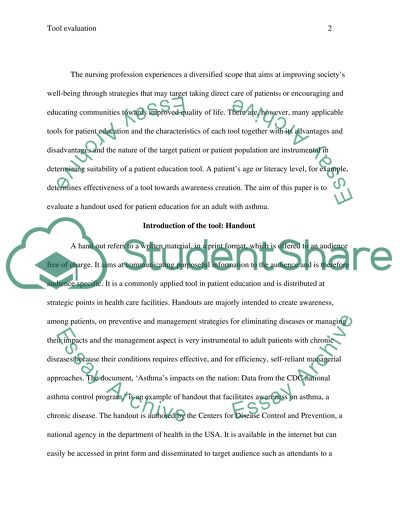Cite this document
(“Written Evaluation of a Patient Education Tool for an adult with an Essay”, n.d.)
Written Evaluation of a Patient Education Tool for an adult with an Essay. Retrieved from https://studentshare.org/nursing/1477164-written-evaluation-of-a-patient-education-tool-for
Written Evaluation of a Patient Education Tool for an adult with an Essay. Retrieved from https://studentshare.org/nursing/1477164-written-evaluation-of-a-patient-education-tool-for
(Written Evaluation of a Patient Education Tool for an Adult With an Essay)
Written Evaluation of a Patient Education Tool for an Adult With an Essay. https://studentshare.org/nursing/1477164-written-evaluation-of-a-patient-education-tool-for.
Written Evaluation of a Patient Education Tool for an Adult With an Essay. https://studentshare.org/nursing/1477164-written-evaluation-of-a-patient-education-tool-for.
“Written Evaluation of a Patient Education Tool for an Adult With an Essay”, n.d. https://studentshare.org/nursing/1477164-written-evaluation-of-a-patient-education-tool-for.


